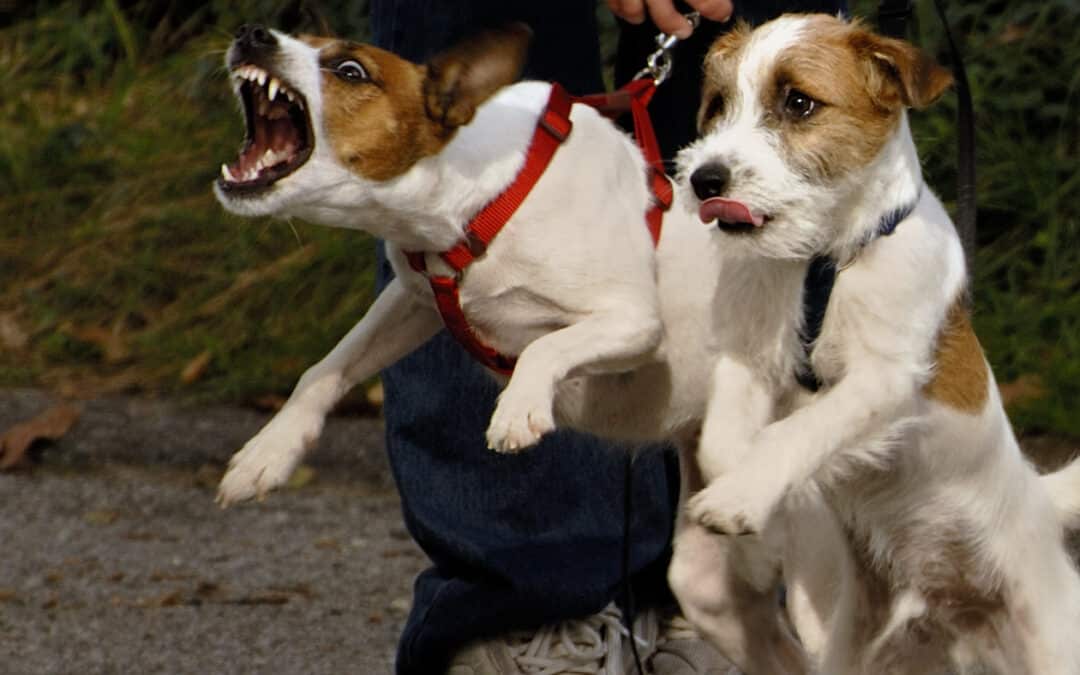Navigating the Complexities of Dog Aggression: Embracing Positive Reinforcement for Lasting Behavioral Change
Dog aggression, a prevalent canine behavior issue, can manifest in various forms, ranging from subtle displays of discomfort to overt acts of hostility. While these aggressive tendencies often stem from fear, anxiety, or protective instincts, addressing them effectively requires a nuanced approach that goes beyond mere punishment. Positive reinforcement, a cornerstone of modern dog training, offers a far more effective, humane, and sustainable method for managing and ultimately resolving dog aggression issues.
The Counterproductive Nature of Punishment-Based Approaches
Traditional methods of addressing dog aggression often rely on punishment, such as scolding, physical reprimands, or the use of aversive tools like shock collars. While these techniques may appear to suppress aggressive behavior in the short term, they fail to address the underlying causes of aggression and can even exacerbate the issue.
Punishment, by its very nature, instills fear and anxiety in dogs, making them more reactive and likely to engage in aggressive behaviors as a defense mechanism. It also damages the bond between dog and owner, hindering trust and communication, essential elements for effective training. Moreover, punishment can lead to learned helplessness, where dogs become unresponsive to training altogether, further complicating the issue.
Positive Reinforcement: A Path to Trust, Cooperation, and Sustainable Behavioral Change
In contrast to punishment, positive reinforcement focuses on rewarding desired behaviors, creating a positive association between the behavior and its outcome. This approach promotes trust, cooperation, and a willingness to learn in dogs, making it an ideal tool for addressing behavioral issues like aggression.
When a dog exhibits calm and controlled behavior in the presence of a potential trigger, such as another dog, positive reinforcement involves rewarding that behavior with praise, treats, or other forms of positive reinforcement. This reinforces the desired behavior, making it more likely to occur in the future.
Evidence Supporting the Efficacy of Positive Reinforcement
Numerous studies have demonstrated the effectiveness of positive reinforcement in alleviating dog aggression. A 2014 study published in the journal “Applied Animal Behaviour Science” found that positive reinforcement training was significantly more effective than punishment in reducing aggression towards unfamiliar dogs.
Another study, published in the journal “Veterinary Medicine: Zoonotic Diseases,” found that positive reinforcement training was successful in reducing aggression in both shelter dogs and client-owned dogs.
Implementing Positive Reinforcement for Dog Aggression: A Step-by-Step Approach
To effectively utilize positive reinforcement for dog aggression, it’s crucial to seek guidance from a professional dog trainer or behaviorist. They can assess your dog’s specific behavior patterns, identify potential triggers, and develop a personalized training plan tailored to your dog’s needs.
-
Gradual Exposure and Counterconditioning: The training process typically involves gradual exposure to triggers in a controlled environment, with positive reinforcement provided for calm and controlled responses. Over time, the dog learns to associate positive outcomes with non-aggressive behavior, gradually reducing the frequency and intensity of aggressive reactions.
-
Desensitization and Habituation: Desensitization involves gradually decreasing the intensity of the trigger while maintaining the dog’s calm state, while habituation involves exposing the dog to the trigger repeatedly until it no longer elicits an aggressive response.
-
Management and Prevention: While positive reinforcement is the primary focus, management techniques play a crucial role in preventing aggressive incidents and ensuring the safety of all involved. This includes avoiding situations that trigger aggression, using leashes and muzzles when necessary, and creating a safe space for the dog to retreat when feeling overwhelmed.
Conclusion: A Paradigm Shift in Addressing Dog Aggression
Positive reinforcement stands as a powerful and humane approach to addressing dog aggression, offering a stark contrast to the counterproductive effects of punishment. By fostering trust, cooperation, and a willingness to learn, positive reinforcement empowers dogs to overcome aggressive tendencies and develop more desirable behaviors. This approach not only resolves aggression but also strengthens the bond between dog and owner, leading to a more harmonious and fulfilling relationship.
Embracing positive reinforcement marks a paradigm shift in addressing dog aggression, moving away from reactive punishment and towards proactive prevention and sustainable behavioral change. This approach not only benefits dogs by improving their emotional well-being and reducing aggression but also benefits owners by fostering a stronger bond with their canine companions and creating a more enjoyable and enriching life together.

